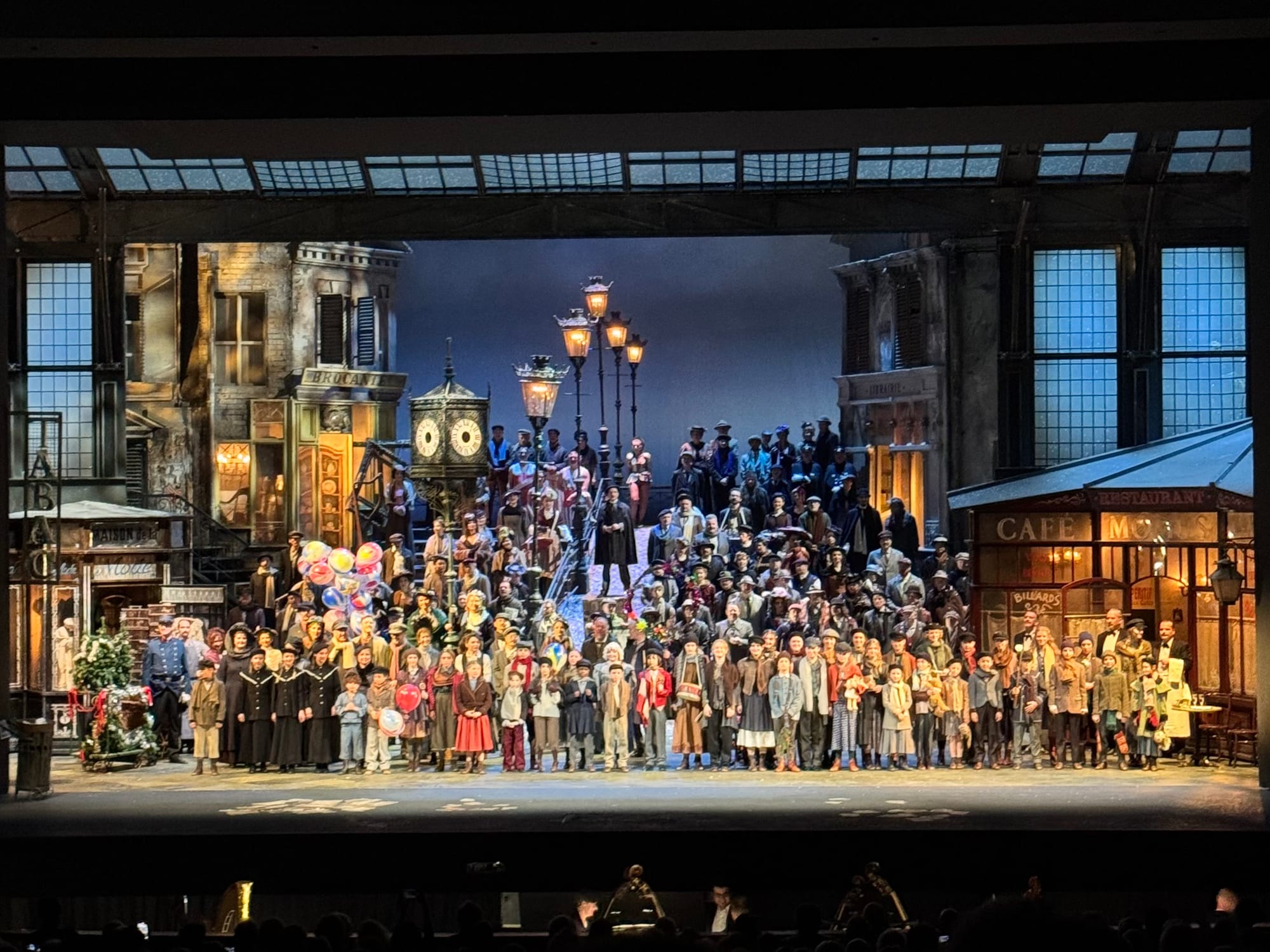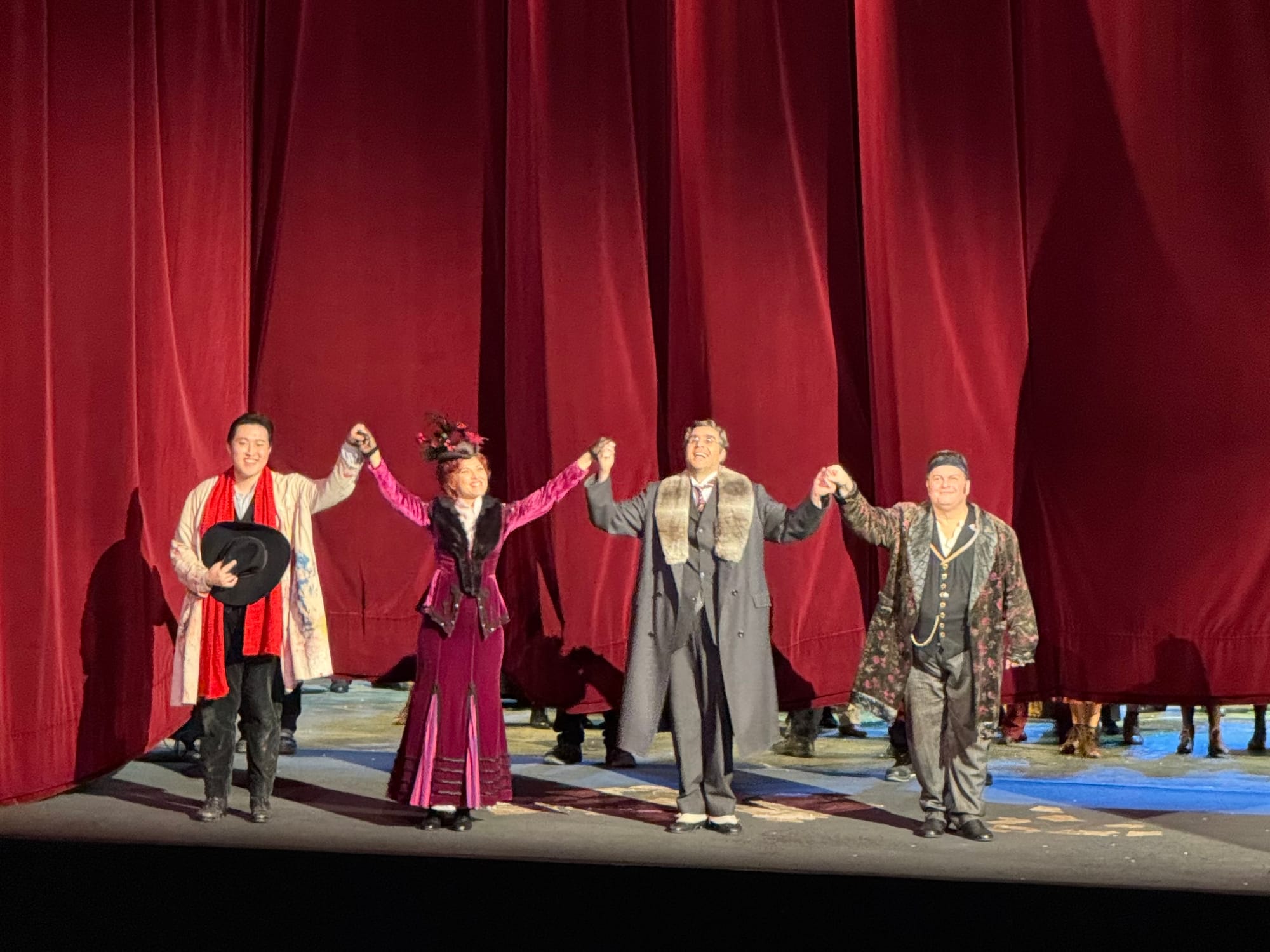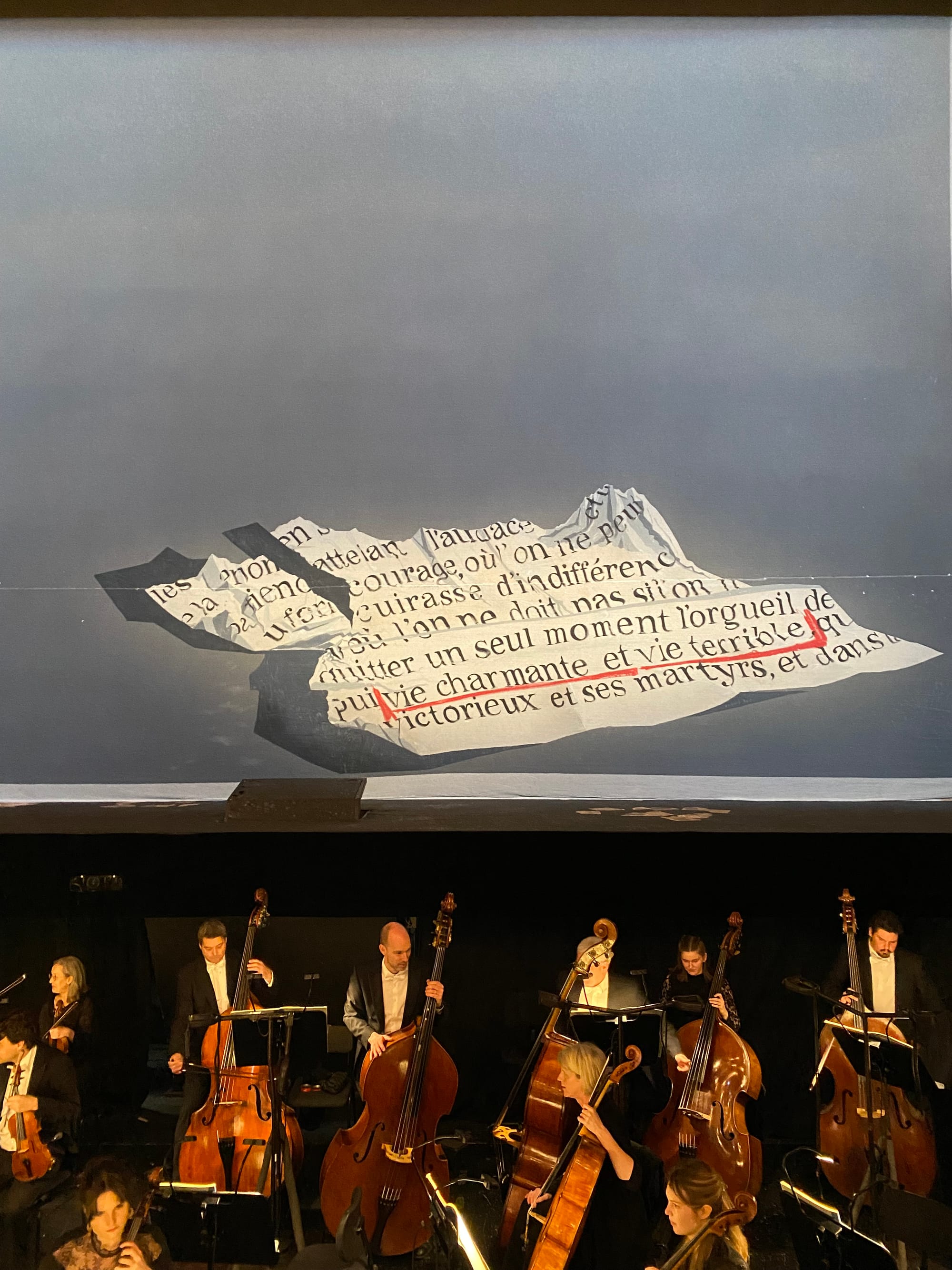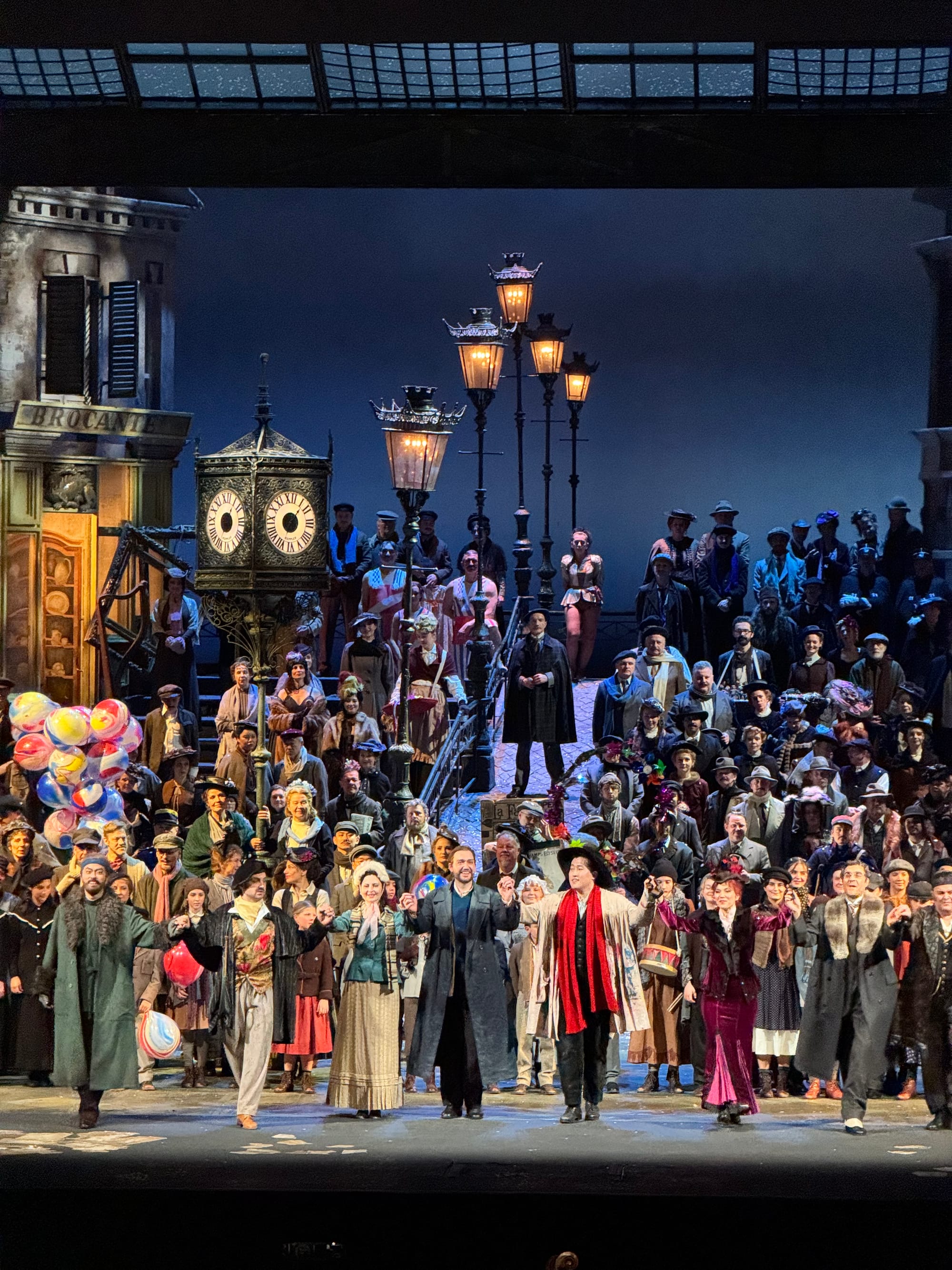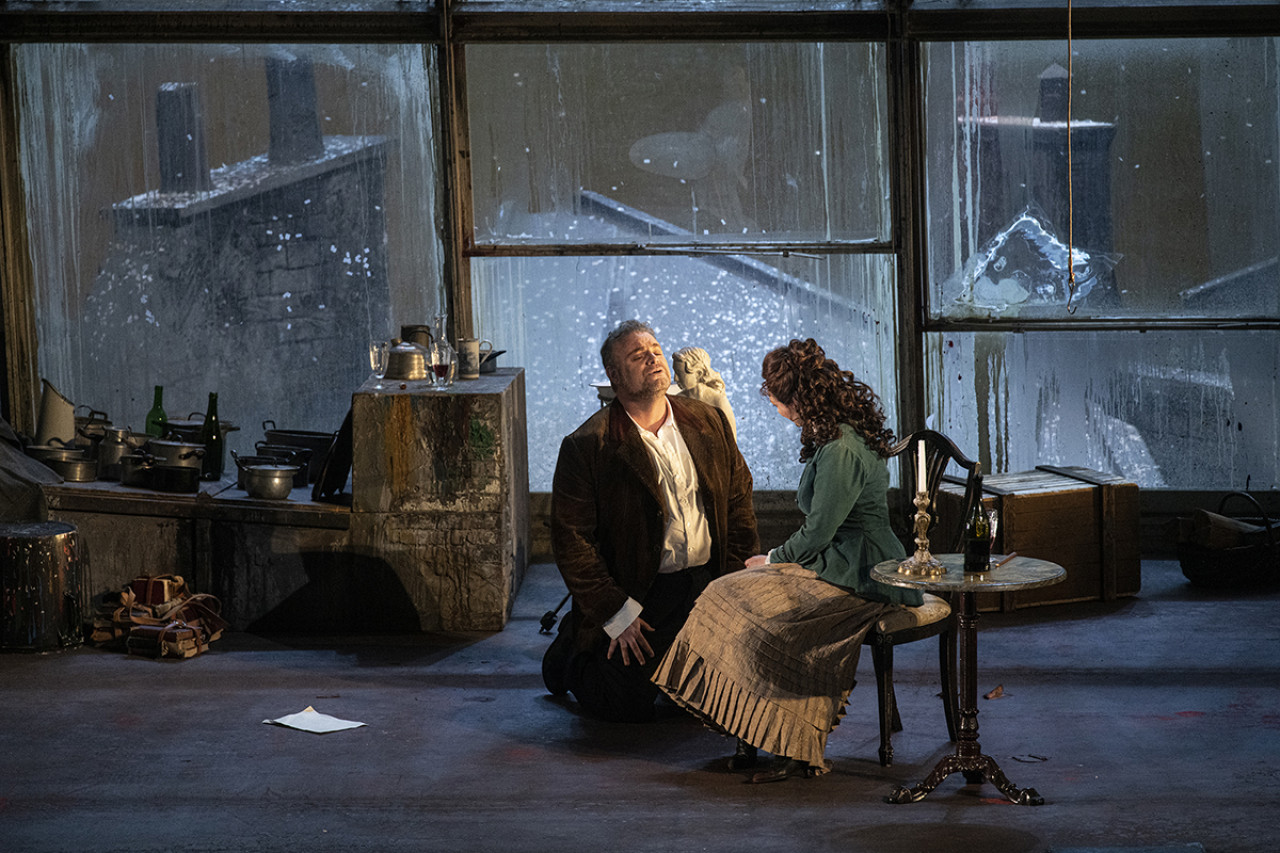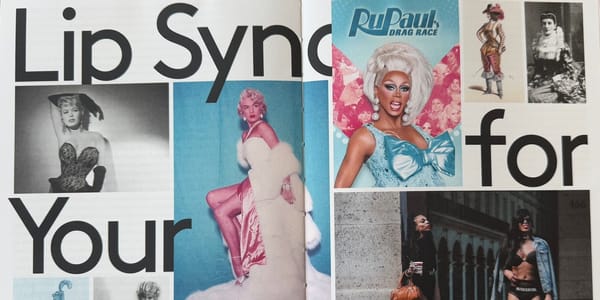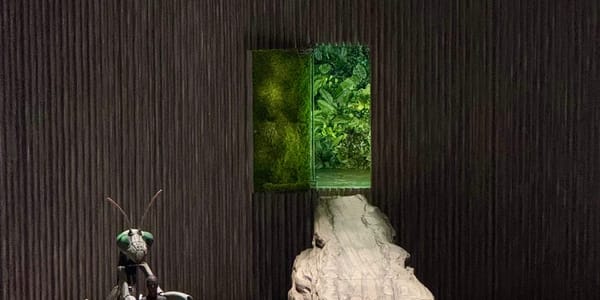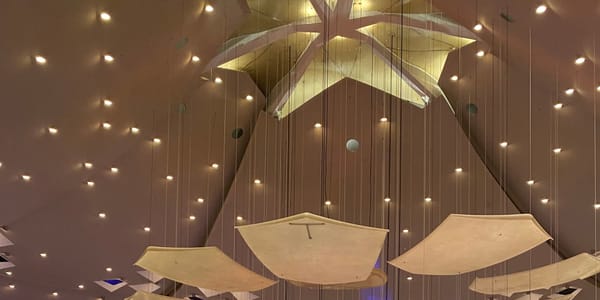La Bohème at Deutsche Oper Berlin
Beyond its bohemian charm, the opera is a classically beautiful yet tragic tale of love, jealousy, betrayal, emotional turmoil, reconciliation, and death.
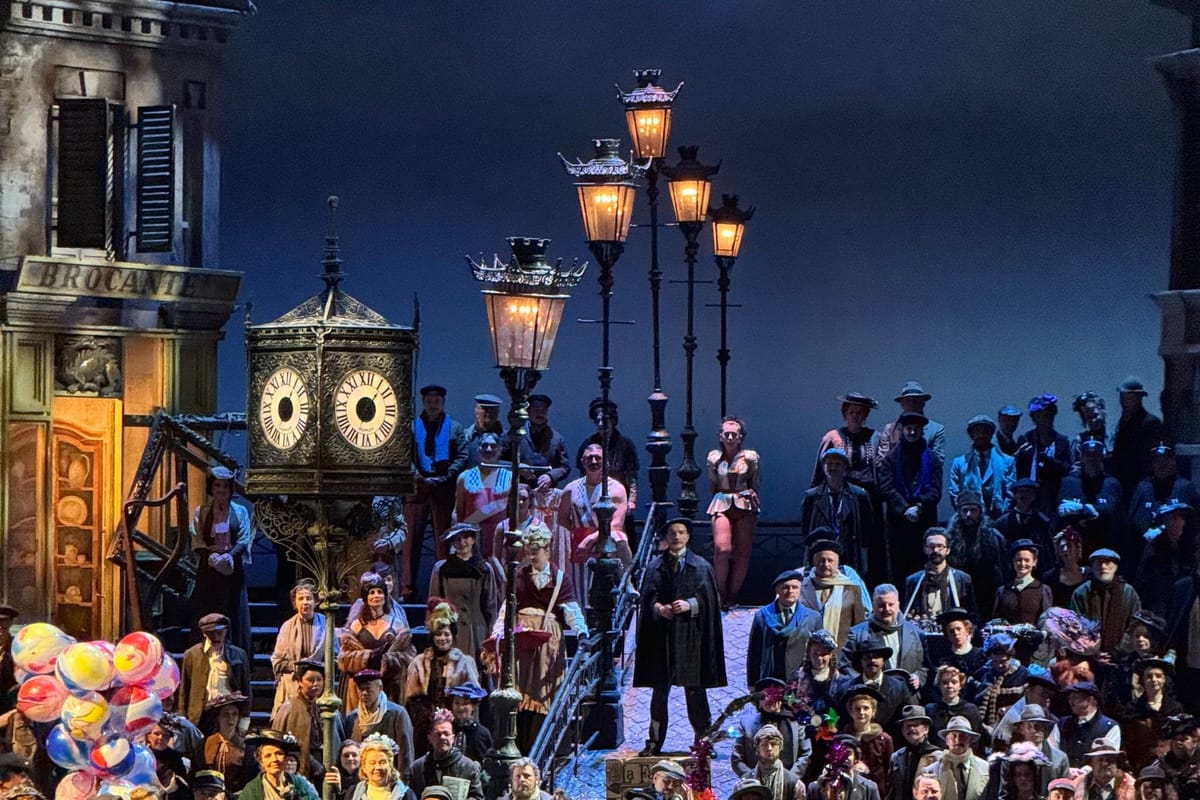
⭐️⭐️⭐️
🎭 La Bohème
🎶 Giacomo Puccini
💭 Götz Friedrich, 1988
🏛️ Deutsche Oper Berlin
🗓️ 09.12.2024
“VIE CHARMANTE ET VIE TERRIBLE”
Christmas without LA BOHÈME is like an orchestra without a conductor, or Berghain without a massive queue. Not only is the first half of the opera set the night before Christmas, but the production at Deutsche Oper Berlin is also a festive wonderland of holiday spirit—particularly the amazingly buzzing second-act stage, with acrobats, fire jugglers, marching soldiers, drunken café brawls, and toy vendors. A spectacle that truly gets the mood going!
LA BOHÈME, of course, is the tragic story of a group of bohemian artists living, or struggling to live, in 19th-century Paris. A peek into the dictionary gives us all the information we need to understand them: “Bohemian. Someone living an unorthodox life, often associated with artistic pursuits, creativity, rejecting mainstream social norms, with a disregard for material wealth or traditional expectations”. When Puccini first read the series of stories he would later base this opera on, he was easily able to relate to its characters, living as a student and part of the “artistic proletariat” at the time. Today, we might say: these people are just vibing and enjoying life!
Beyond its bohemian charm, the opera is a classically beautiful yet tragic tale of love, jealousy, betrayal, emotional turmoil, reconciliation, and death. Beautiful, because we see all kinds of relationships blossom, from platonic unconditional “us against the world” support to romantic “love at first sight” (which, side note, I have never found relatable. Might say more about myself than about Puccini or his opera). Tragic, because all the artistic idealism and love in the world ultimately won’t pay the bills or cure Tuberculosis.
And thus the paradoxical nature of “bohemian life” described by the curtain illustration as a “charming life and a terrible life” (taken from the original source text by Henri Murger) becomes evident throughout the opera’s plot: a life both alluring in its freedom and creativity, yet harsh in its struggles with poverty and uncertainty.
On a lighter note, I couldn’t help but recall the iconic Met Opera production of LA BOHÈME by Franco Zeffirelli, which has been filling my feed lately with behind-the-scenes reels (especially of the falling snow in Act III). First staged a few years before Deutsche Oper’s equally iconic Götz Friedrich production, the two share similar “bohemian Paris” vibes—at least from what I’ve seen of the Met production online.
So similar that I was convinced it also snows during Act III, but my memory was playing tricks on me: it snows during Act I instead, and the barrel roll mechanism making snowfall possible onstage I’ve seen in a behind-the-scenes video of DAPHNE at Staatsoper Berlin—such are the “side effects” of seeing 60+ operas, concerts, ballets within a year. Onwards we go!

